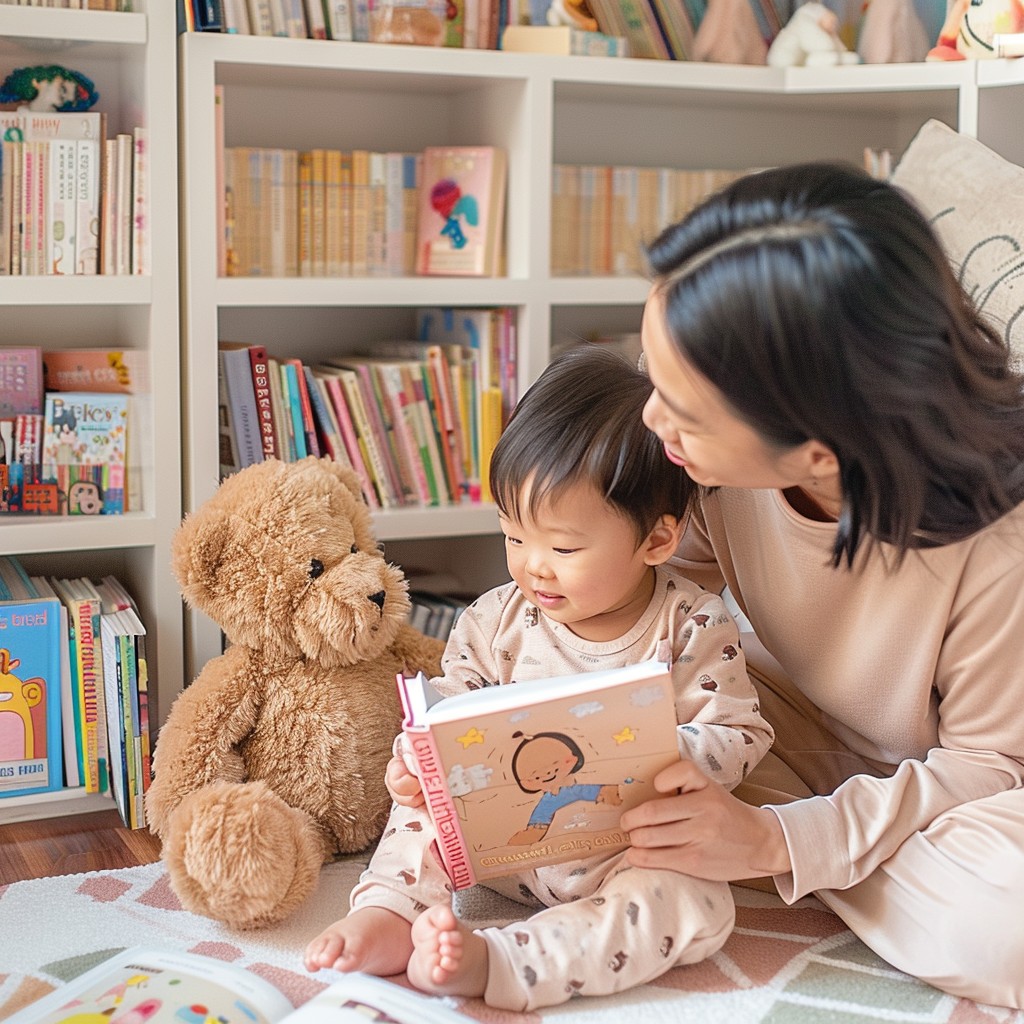Outdoor learning spaces are more than just a change of scenery; they offer a treasure trove of benefits for your child’s development. Research and real-life experiences show that these spaces do wonders for enhancing creativity, critical thinking, and problem-solving skills. For instance, imagine your kids exploring nature and applying what they learn in new, hands-on ways. This isn’t just play; rather, it’s active, engaging learning.
By stepping outside, children form a direct connection with nature. Moreover, this isn’t just about appreciating the environment—it’s about understanding it. Furthermore, studies show that this hands-on interaction fosters a deeper appreciation and a sense of responsibility towards the natural world.
Outdoor settings transform how kids engage with their studies because the change in environment often leads to heightened interest and better retention of information. Whether they’re conducting science experiments or solving math problems under a tree, learning becomes an adventure rather than a chore.
Playtime outside means more than just fresh air; it translates to physical activity, which is crucial for health and development. From running and jumping to climbing and digging, outdoor learning spaces encourage movement, thereby helping kids build strength and coordination.
Additionally, outdoor environments are ideal for fostering social interactions since kids naturally collaborate and communicate more effectively when they’re in a dynamic, open setting. This teamwork is essential for developing interpersonal skills and making friends.
Finally, for second-language learners, outdoor settings provide rich, contextual experiences that enhance language development. The natural surroundings offer practical language use opportunities, thus making new words and phrases more memorable and relevant.
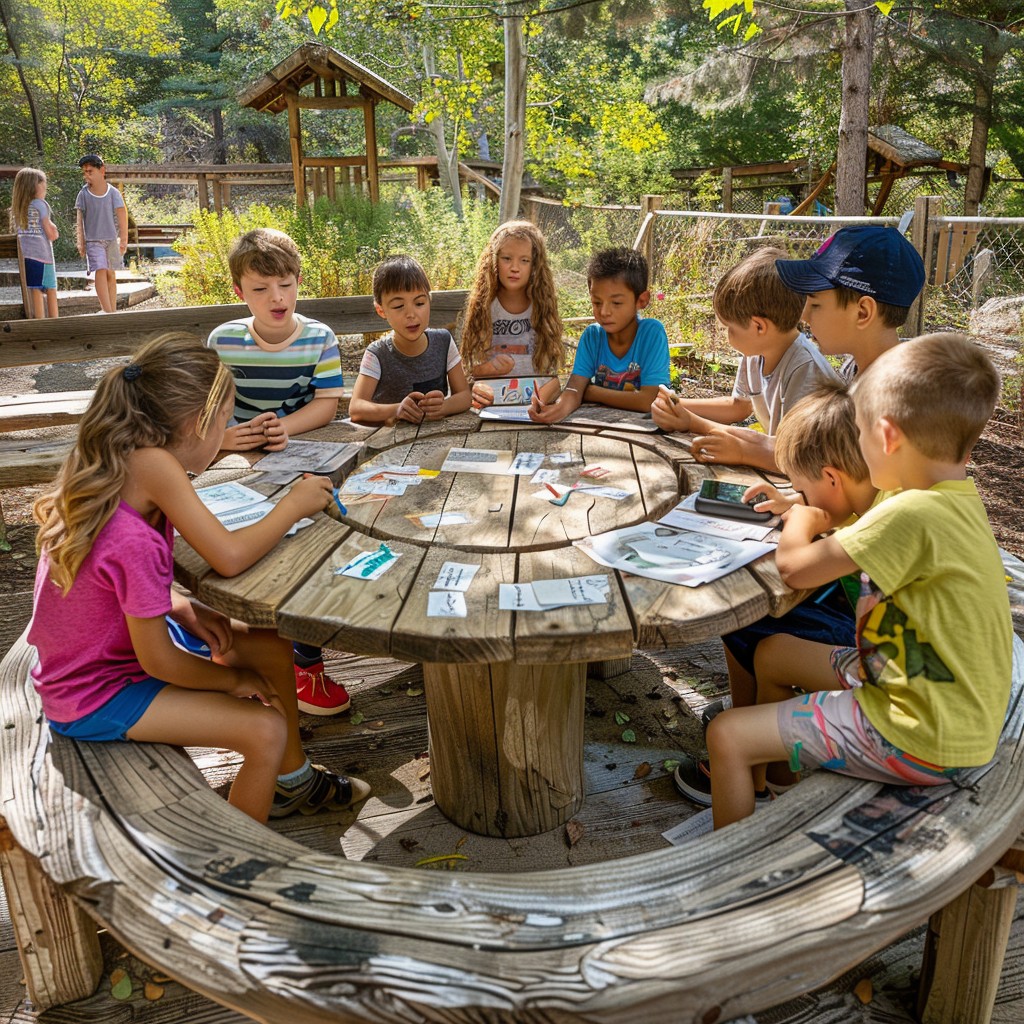
Designing an Outdoor Learning Space: Key Considerations
Planning Your Dream Space
Before you get started, take a moment to think about your outdoor learning space. Effective planning can make the difference between a fantastic educational environment and a missed opportunity.
Space Evaluation
Start by assessing the area you have available. Consider its size, location, and any existing features like trees or slopes. This will help you determine how best to use the space for your educational goals.
Clarify Your Objectives
What do you want this space to achieve? Whether it’s a spot for science experiments, art projects, or a quiet reading nook, defining your goals will guide your design and setup.
Budget Wisely
Plan your budget carefully. Look for funding options or partnerships to support your project. Even small contributions can make a big difference. Remember, a well-thought-out budget can help you make the most of your resources.
Prioritize Safety
Safety is key. Ensure that your space is secure, with clear boundaries and safe surfaces. All equipment and plants should be child-friendly to prevent any accidents.
Inclusive Design
Make sure your outdoor learning space is welcoming and accessible to all children, including those with disabilities. A well-designed space is one where every child feels comfortable and included.
By focusing on these key areas, you’ll create an outdoor learning space that’s not only effective but also enjoyable for kids.
Engaging Outdoor Learning Space Ideas
Grow and Learn with Edible Gardens
Imagine your kids learning about biology and nutrition while digging in the dirt. An edible garden is a fantastic way to combine education with hands-on fun. Start by setting up raised beds for easy access and a compost bin to teach them about sustainability.
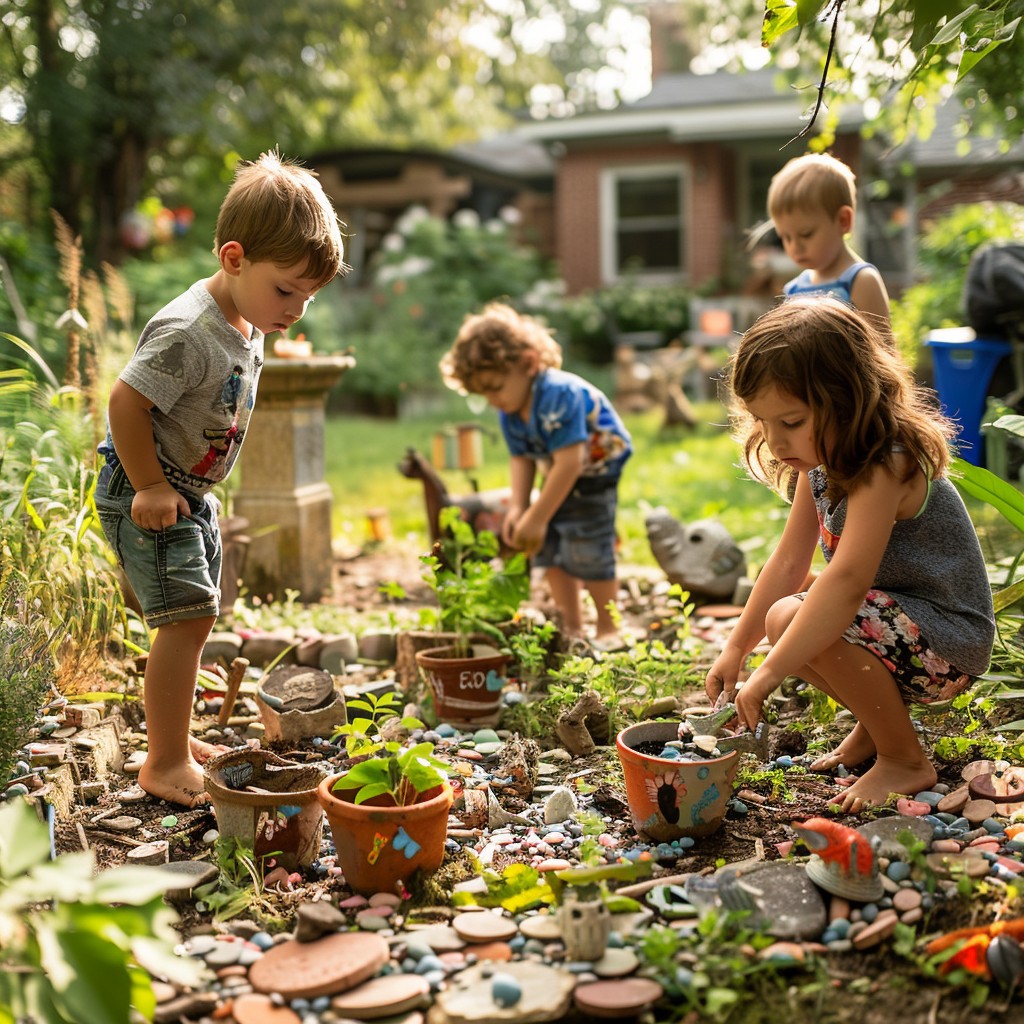
Hands-On Gardening
Involve children in every step—from planting seeds to harvesting veggies. This practical approach helps them grasp plant life cycles and the importance of nutrition. Plus, it instills a sense of responsibility as they care for their garden.
Composting and Sustainability
Introduce composting to your garden setup. Compost bins not only reduce waste but also teach kids about recycling and environmental stewardship. It’s a great way to show them how everyday scraps can contribute to a healthier planet.
Seasonal Planting Activities
Plan and plant seasonal crops with your kids. This hands-on activity reinforces lessons about local produce and the cycles of nature. It’s a fun way to highlight the benefits of eating fresh and understanding the environment.
Explore the Elements with Weather Stations
Transform your outdoor space into a mini weather station. Equip it with thermometers, rain gauges, and wind vanes to observe and record weather patterns. It’s a perfect setup for lessons in earth science and meteorology.
Weather Observation
Encourage kids to use the weather station to track climate and weather changes. This interactive approach makes learning about scientific observation both engaging and educational.
Earth Science Explorations
Expand on the weather station with experiments related to erosion, soil analysis, and natural resources. This hands-on approach helps kids understand how earth sciences affect our daily lives.
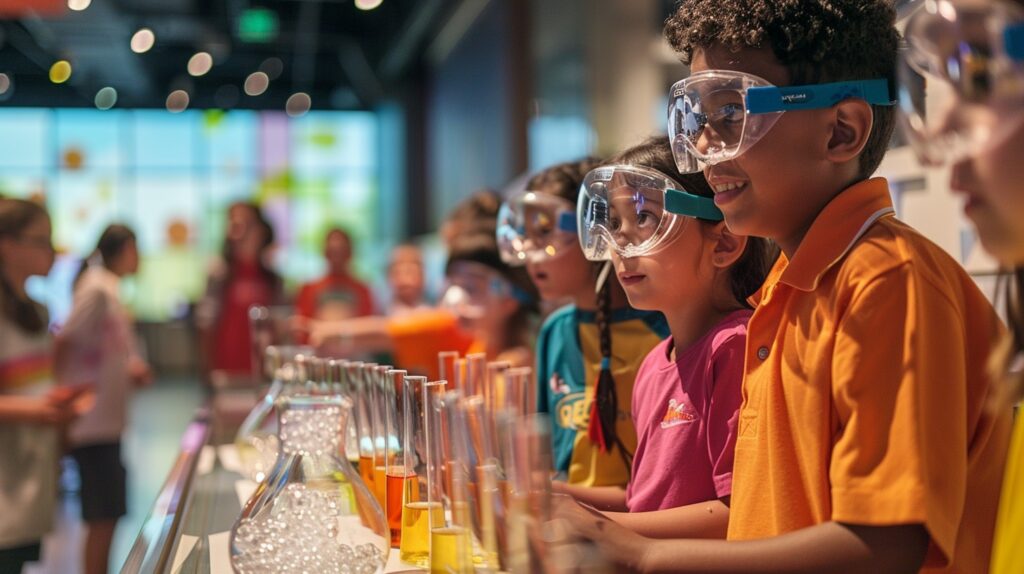
Interactive Experiments
Provide tools for experiments that explore air, water, and temperature changes. Hands-on activities make complex scientific concepts more accessible and fun for young learners.
Class in the Open Air with Outdoor Classrooms
Set up an outdoor classroom to combine traditional lessons with a breath of fresh air. Design it with flexible seating options and a whiteboard or chalkboard for a refreshing twist on education.
Flexible Seating Arrangements
Choose seating that suits your teaching style and group size. Logs, benches, and mats can be arranged to create a versatile learning environment that adapts to different activities.
Interactive Teaching Tools
Use portable whiteboards or chalkboards to facilitate lessons outside. These tools make it easy to conduct engaging, interactive lessons in the open air.
Creative Learning Environments
Decorate your outdoor classroom with student artwork and nature-themed decorations. This personal touch not only makes the space inviting but also sparks creativity and enthusiasm in your students.
With these engaging ideas, your outdoor learning space will become a hub of creativity and education, inspiring kids to learn and explore in new ways.
Creative Art and Sensory Spaces
Unleash Imagination with Art Stations
Transform part of your outdoor area into a creative haven. Set up easels and painting stations where kids can splash their imagination onto canvas. Sculpting areas can also help them explore three-dimensional art. These spaces give children a chance to express themselves artistically and develop their fine motor skills.
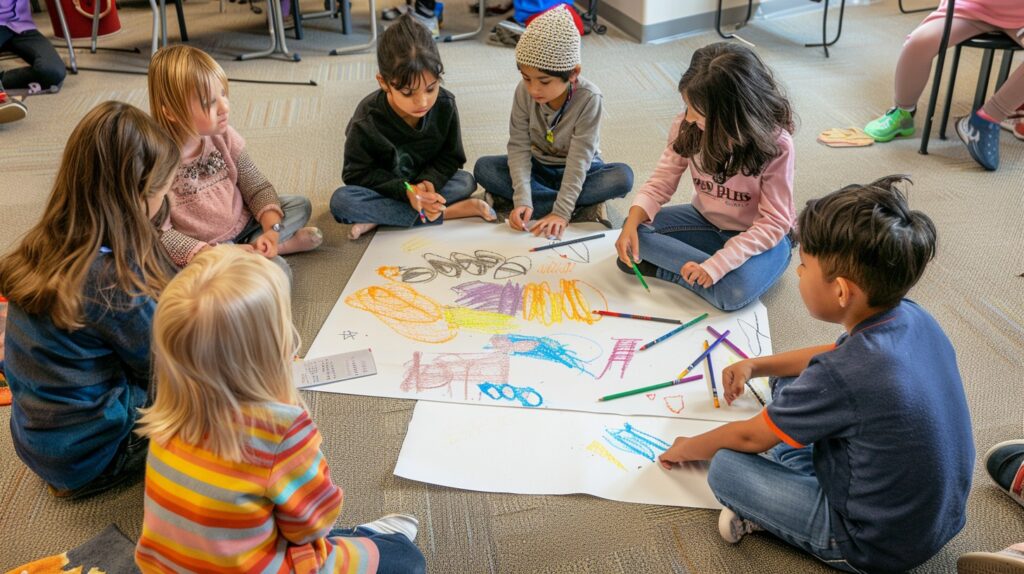
Music and Sound Gardens
Incorporate musical instruments made from natural or recycled materials. Think of wind chimes, drums, or xylophones. These instruments not only entertain but also introduce kids to rhythm and sound in a fun, hands-on way. Let them experiment and create their own musical compositions.
Sensory Gardens for Exploration
Design a sensory garden filled with diverse textures, scents, and sounds. Include elements like smooth pebbles, fragrant herbs, and rustling grasses. These sensory experiences stimulate learning and help kids understand the world through their senses.
Nature Trails and Exploration Paths
Discover and Learn with Nature Trails
Create pathways that wind through different ecosystems or themed areas. Educational signs along the trail can provide interesting facts about local plants, animals, or geological features. This setup makes learning about nature an engaging adventure.
Exploration Tools for Young Discoverers
Equip kids with magnifying glasses, binoculars, and field guides. These tools encourage them to explore and observe their surroundings closely, fostering independent learning and a sense of curiosity about the natural world.
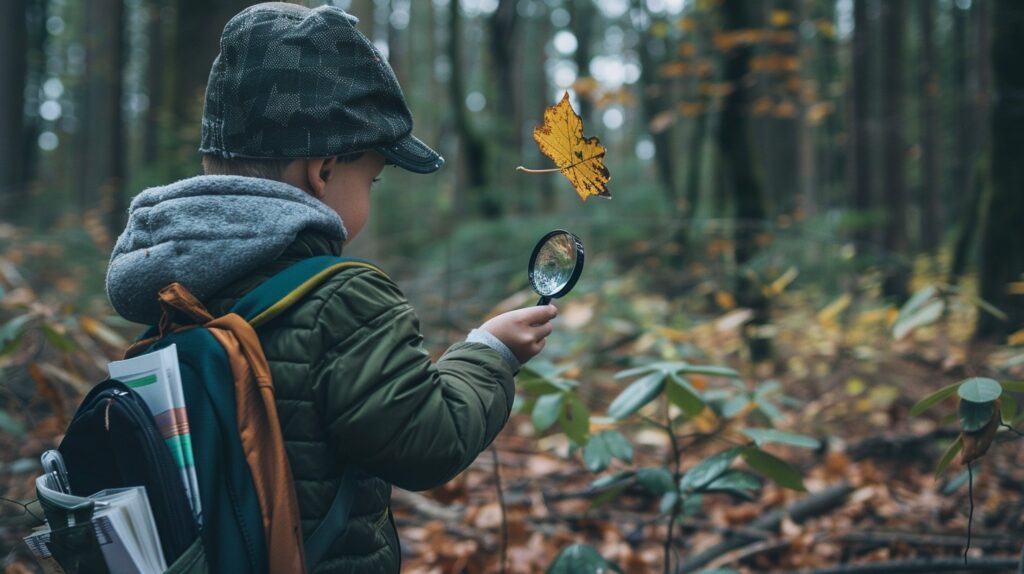
Themed Exploration Paths
Design trails that focus on specific topics like insects, birds, or rocks. Each path can include interactive elements and educational signage related to the theme. This approach turns a walk in the park into a fun and informative expedition.
Interactive Play and Learning Zones
Play with Purpose: STEM-Focused Play Areas
Integrate play equipment that supports STEM learning. Structures like climbing walls and water tables can be used to explore concepts of physics and engineering in a hands-on way. Make playtime educational with equipment that encourages problem-solving and experimentation.
Outdoor Play Equipment for Physical Fun
Include traditional play equipment like swings, slides, and climbing structures. These elements are essential for physical development and coordination. Combine these with educational features to make playtime both fun and beneficial.
Learning Through Play
Incorporate games and activities that teach math, language, and problem-solving skills. For example, a sandpit can become a space for learning about shapes and measurements. Use interactive elements to make learning feel like play, making education an enjoyable experience.
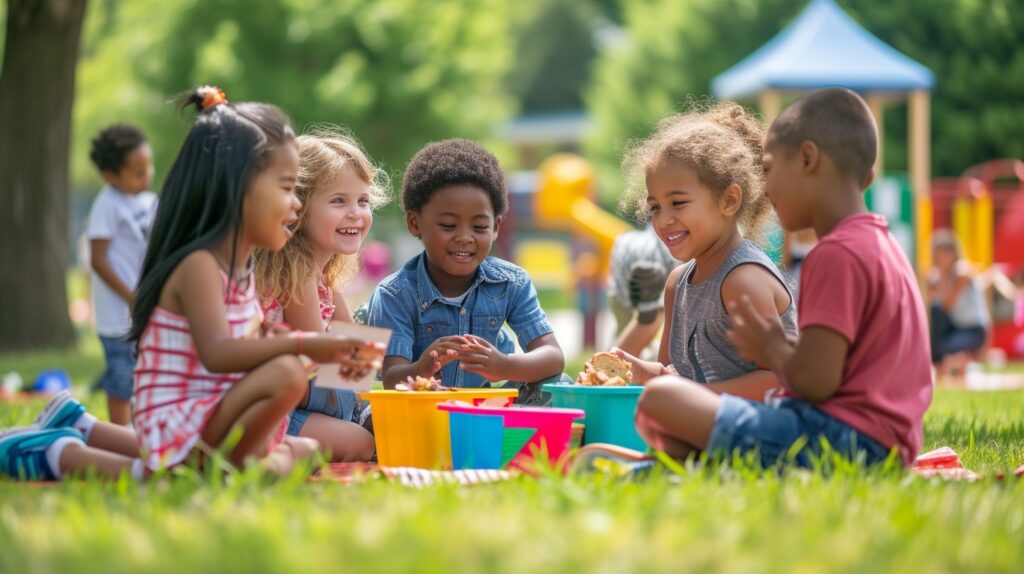
Tips for Maintaining Outdoor Learning Spaces
Keep It Fresh with Regular Maintenance
To ensure your outdoor learning space remains inviting and functional, establish a routine for cleaning and upkeep. Regularly inspect and repair any damage to equipment or structures. A well-maintained space ensures safety and continues to engage kids effectively.
Involve the Community
Engage parents, teachers, and local businesses in maintaining the space. Organize volunteer days where community members can help with gardening, painting, or general upkeep. Their involvement not only helps with maintenance but also strengthens community bonds.
Rotate Themes and Activities
Keep the learning space exciting by rotating themes and introducing new activities. Changing things up regularly can maintain interest and offer fresh educational experiences. Whether it’s a new art project or a different nature theme, variety is key to keeping kids engaged.
Partnering with Schools and Communities
Collaborate with Schools for Curriculum Integration
Partner with local schools to align outdoor activities with the curriculum. This collaboration ensures that the outdoor space complements classroom learning and provides valuable real-world applications for academic concepts.
Engage Local Businesses
Seek sponsorships or donations from local companies. Businesses might provide funding, materials, or volunteer support. In return, they gain visibility and community goodwill. Building these partnerships can significantly enhance your outdoor learning project.
Foster Community Involvement
Organize community events or volunteer days to encourage local involvement. These events can help raise awareness and support for your project. Celebrating successes and sharing impact stories will inspire continued community engagement and investment.
Conclusion
Outdoor learning spaces aren’t just about today’s lessons—they’re about nurturing a lifelong love for learning and nature. By creating these spaces, you’re planting seeds of curiosity and appreciation that will grow with your children.
These spaces also foster respect and responsibility for the environment. Teaching kids about nature and sustainability helps them develop a sense of stewardship that they’ll carry into adulthood.
By investing in outdoor learning spaces, you’re not just enhancing education—you’re enriching lives and inspiring future generations.
Share the successes and stories of how your outdoor learning space has made a difference. Whether through community newsletters, social media, or local events, celebrating these achievements can inspire others to create similar spaces and continue to support your project.

